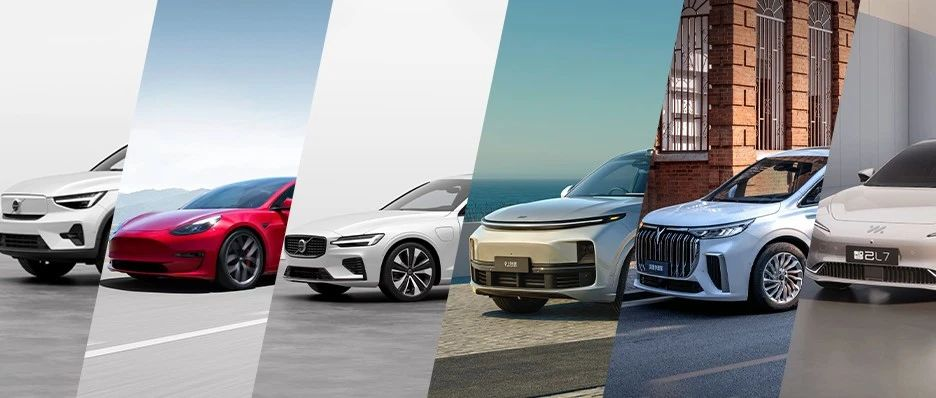Author: Song Shuanghui
During the Chinese New Year holiday, many people, including myself, still feel like the holiday hasn’t ended yet, even though the official holiday has finished.
A few of my colleagues at AutoLab took advantage of their work and tested some new energy vehicles during their long-distance trips to visit relatives and friends.
They drove a variety of new energy vehicles, such as plug-in hybrids like the Ideall L9 and Volvo S60 T8, and pure electric models like the Tesla Model 3, IM L7, Volvo C40, and Voyah Dreamer.
How do these new energy vehicles perform in terms of handling, comfort, energy supplementation convenience, and intelligence during long-distance driving? Let’s hear from my colleagues.
Ideall L9
[Test driver: Zhang Tao]
After a 7-day, 2000 km test drive, I can summarize my evaluation of the Ideall L9 in one sentence: “I only felt that it was a new energy vehicle when I encountered traffic congestion.”
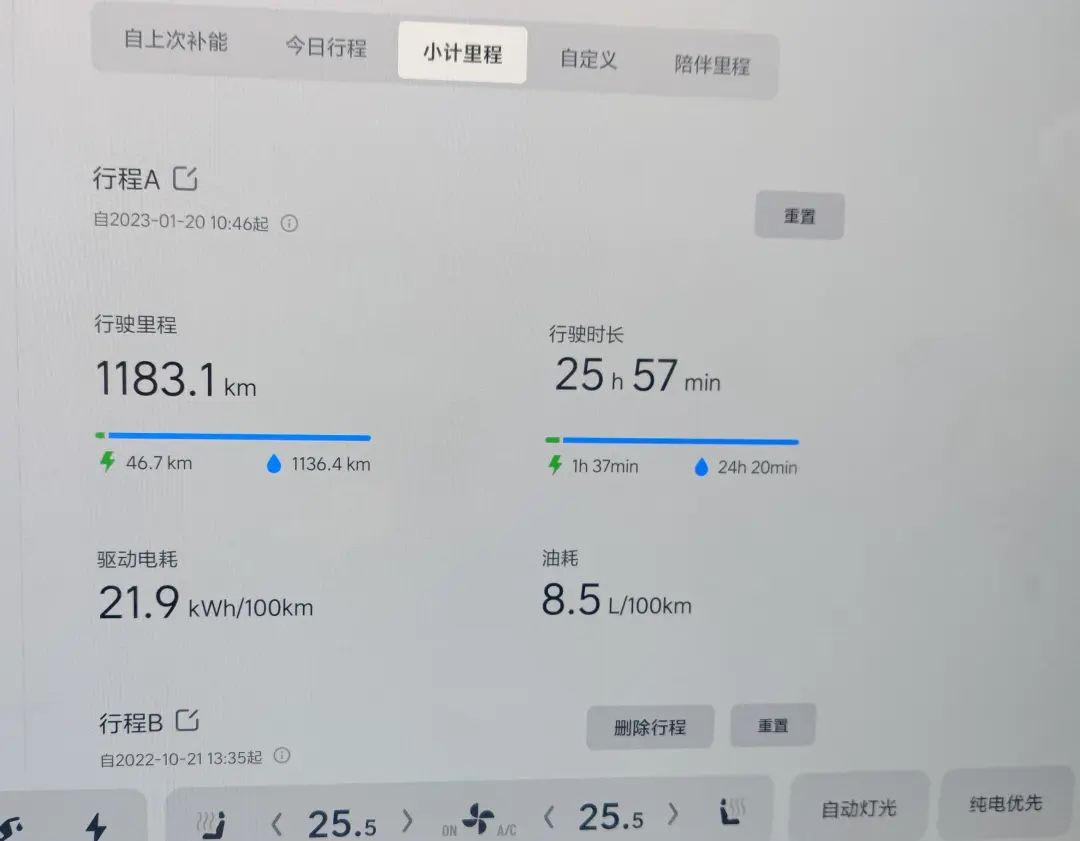
Because I only spent about 1300 yuan on fuel for the entire trip, which is equivalent to less than 90 cents per km, it didn’t feel like a new energy vehicle. But once you encounter traffic congestion, you will discover that the advantage of the Ideall L9 as a pure electric vehicle cannot be replaced.
During last year’s National Day holiday, I drove a pure electric vehicle back home and encountered traffic congestion. I had to lock the car to save battery power. However, the experience of the L9 is completely like driving a gasoline-powered car, and it is also quieter than a gasoline-powered car, with higher-power audio and a larger screen.
In addition, the seats of the Ideall L9 are relatively comfortable, and all three rows have heating function, which is quite user-friendly.
Furthermore, the driving experience is also worth mentioning. I used the NOA function for the entire round trip of the 650 km journey back home. The Ideall L9’s navigation system can enable the NOA function on all highways of this 650 km journey.
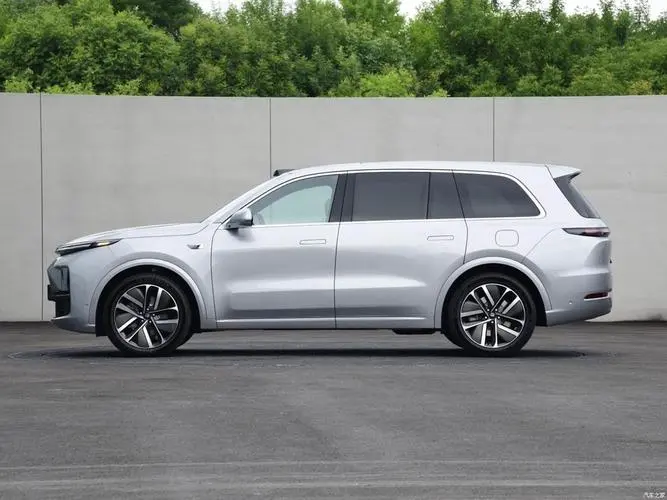 But in actual use, NOA is relatively stable on highways in Shanghai and Jiangsu, but starts to frequently degrade on road sections in Anhui. Especially after the Hefei section, there is a considerable stretch of highway where NOA cannot be activated.
But in actual use, NOA is relatively stable on highways in Shanghai and Jiangsu, but starts to frequently degrade on road sections in Anhui. Especially after the Hefei section, there is a considerable stretch of highway where NOA cannot be activated.
Additionally, the “Lane Centering” feature of the Ideal L9 is not actually centered, as the vehicle tends to veer towards the right. When driving on highways with large trucks on the right double lanes, there is greater psychological pressure. This is where the Intelligent Xperience is better, as the Intelligent Xperience L7 will automatically shift slightly to the left to maintain distance from the trucks on the right.
Finally, I want to praise the automatic lane changing function of the Ideal L9. Among all the car models I have experienced, the automatic lane change of the Ideal L9 is the most decisive and efficient. It is like the driving of an experienced driver, with the indication and changing of lanes being executed almost simultaneously.
Dream Explorer of the LanTu
[Test Driver: Li Hongliang]

This year’s Spring Festival, I took my family on a spontaneous road trip around Shanghai, from Shanghai to the ancient town of Xitang and then from Xitang to Shaoxing, driving the LanTu Dream Explorer.
As a novice driver, I haven’t driven many cars yet, especially mid-to-large-size MPVs like the Dream Explorer. My first impression was great. If the satisfaction score is 100 points, I would give the Dream Explorer a 95.

Let’s start with its advantages. First of all, the space is large enough: the overall size of the vehicle is 5315x1985x1820mm, with a seating layout of 2+2+3, which is enough to carry all the family members and items you want to bring.
Secondly, on the premise of the MPV’s large size, the Dream Explorer also performs well in terms of handling, with smooth turns and responsive reactions.
The Dream Explorer is equipped with L2+ level ADAS functions, and performs well in terms of following and lane keeping. It helps a lot in congested road sections, especially for people like me who get nervous when driving. It is a good helper.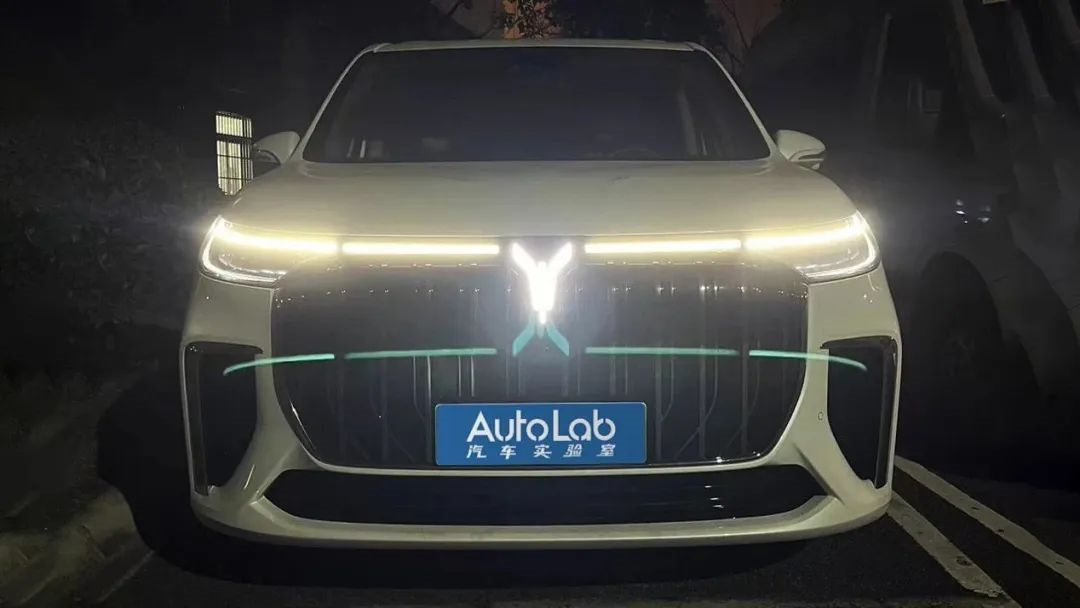
As for personal aesthetics, the Dreamer’s appearance is higher than the GL8, more atmospheric, and full of presence. The front face is more aggressive and imposing but not so exaggerated. The vertical grille and the dragonfly logo of the LanTu naturally blend together, showing concise beauty.
Having talked about the advantages, it’s natural to mention the disadvantages as well:
-
Due to its large space, the whole vehicle is oversized, which can turn its advantages into its disadvantages when encountering narrow roads, country lanes, or parking at tourist attractions.
-
The front and rear seats of the second row are manually adjustable, which is a bit cheap. As an intelligent car model, I think electrification is a necessary basic configuration.
-
Although the chassis has a certain amount of suspension, it feels okay under normal road conditions. However, once it passes over manhole covers or potholes, the shock absorption is not thorough enough and even a bit unsettled, resulting in obvious bumps and a slightly poor experience.
ZhiJi L7
【Experience Officer: Hu Hao】
My ride home is a ZhiJi L7 2022 Angel Wheel version, priced at 408,800 yuan. First of all, the design is very beautiful, and the rate of head turning is very high on the way home during the Spring Festival.

The comfort functions are very comprehensive, with seat massage and heating. After the long-distance journey home during the Spring Festival, I found that these functionalities are quite necessary and helpful in alleviating driving fatigue.
As a luxurious pure electric sedan with “performance” and “driving control” tags, the driving experience of the ZhiJi L7 is powerful in terms of power, with good chassis support and adequate comfort.
The journey home was very long, the assisted driving function was used on the highway throughout the trip, and the overall performance was still very good. The lane-changing function with turn signals is very convenient to use. In terms of current road conditions, I personally still feel that using turn signals to change lanes is more appropriate than automatic lane changing. However, during lane changes, the vehicle still maintains a conservative distance from both the front and rear vehicles!
 In addition, when changing lanes, if the car is already halfway through the maneuver and a fast driving vehicle suddenly appears in the rear, the car will quickly return to the original lane, which can be surprising!
In addition, when changing lanes, if the car is already halfway through the maneuver and a fast driving vehicle suddenly appears in the rear, the car will quickly return to the original lane, which can be surprising!
Now, let’s get into the less pleasant points.
Driving a pure electric vehicle for long distances can be exhausting, especially during the Spring Festival rush. Although there were various traffic jams along the way, finding a charging station and waiting in line to charge was extremely frustrating.
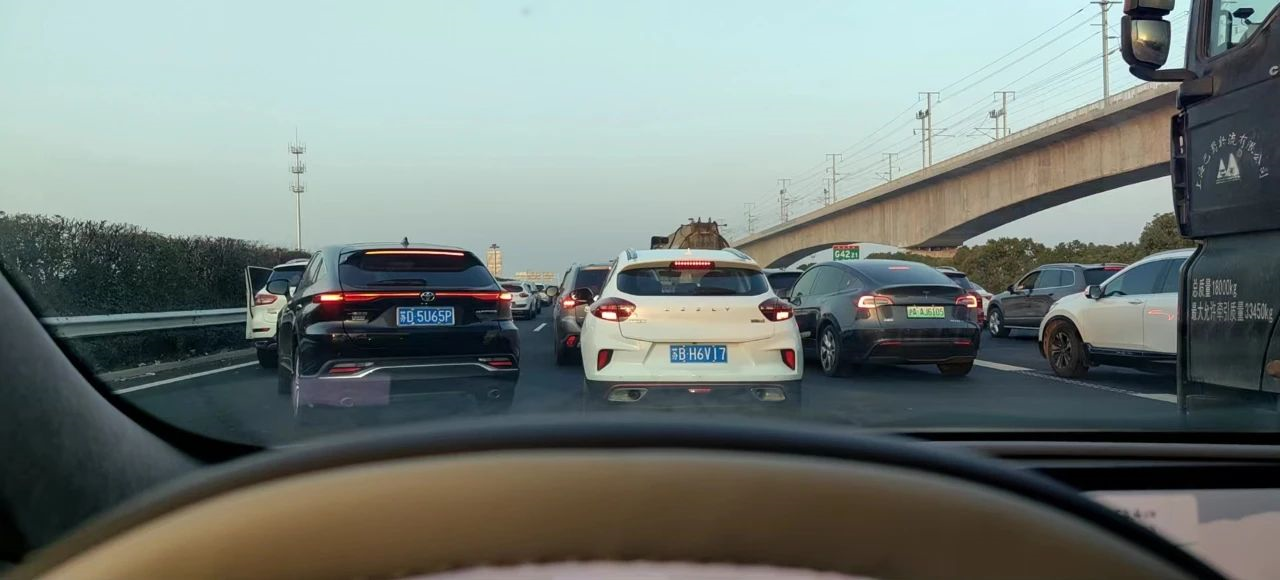
In fact, in order to avoid traffic jams when returning home, I left at 4am. However, I still drove for 10 hours, got stuck in traffic for 2 hours, and spent 1 hour charging. I even planned my charging stations ahead of time and luckily found one with few cars.
Volvo S60 T8 Polestar Engineered
[Experience Officer: Zhang Xianglong]
My home is about 600-700 km away from Shanghai, and this time I drove a Volvo S60 T8 Polestar Engineered in Polestar Black, a product that can overturn your previous impression of the Volvo brand.
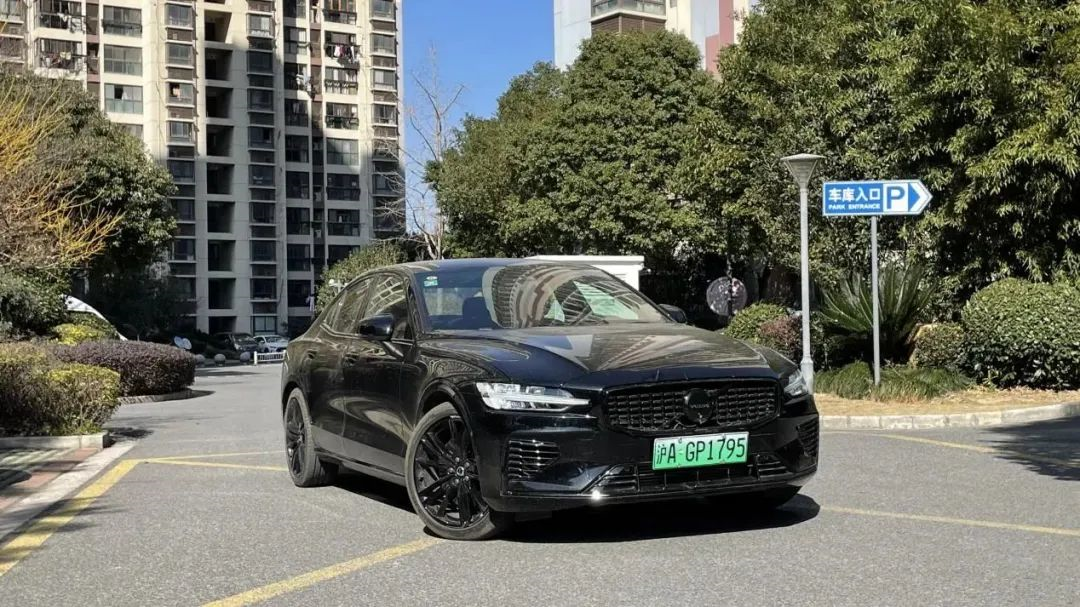
First of all, the entire car is blacked out, including the logo, tail emblem, large black wheels, and black body kit, presenting a fighting posture and attitude.
In terms of power, it is a combination of a 2.0-liter turbocharged engine and a rear electric motor, with a combined output of 456ps horsepower and 709Nm torque. It uses an Aisin 8-speed automatic transmission and has a 0-100 km/h acceleration time of 4.7 seconds.
It can be said that this powertrain has a very rapid response whether it is during acceleration or overtaking at high speeds, and it is very potent.
The power response is even quicker in electric drive mode, but the initial acceleration is actually more stable. Once the engine kicks in, you can feel the crazy power rushing up.
In hybrid mode, there are two noticeable acceleration phases. The first is delivered by the rear P4 motor, followed by a roar from the engine, signaling the introduction of the second acceleration phase in the front of the car.And if it is in sport mode, the engine is always on standby with the motor. As long as you step on the accelerator pedal, the motor + engine immediately starts at full power with a strong sense of pushing back, after all, the data of 0-60mph acceleration in 4.7 seconds is also there.

On the way back home from Shanghai, the car was in a basic state of full oil and electricity, driving 700km over 10 hours, covering highways and ground national roads. After arriving home, the display shows an energy consumption of 5.8L.
As a “performance car” with horsepower exceeding 450ps, the energy consumption of this car is still satisfactory.
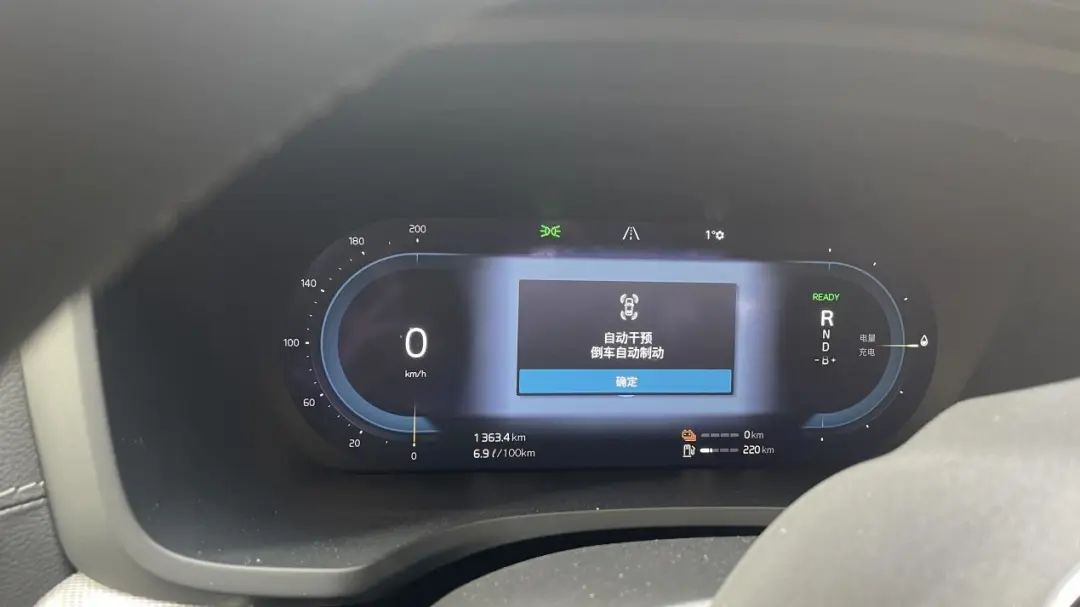
Finally, let’s talk about the Pilot Assist navigation assist system. Generally speaking, the function is basic, but the experience is excellent. It supports a speed range of 0-130km/h. Even in the case of very congested highways, it can still be used.
The functions of City Safety smart safety system including reversing, anti-collision warning and emergency braking are also very useful in the poor and complex traffic environment of small county towns and long-distance congested highways. The identification of danger is very accurate, after all, I have really triggered it…
Volvo C40
[Test Drive Reviewer: Lu Zhiyao]
Volvo has actually launched the C40 pure electric model for quite some time, and people around me have mixed opinions on this car.
During the Spring Festival, I drove a total of 1200 kilometers for a little over a week. There is no charging pile at home, and it costs about 80-110 yuan to charge once at a fast charging station outside.
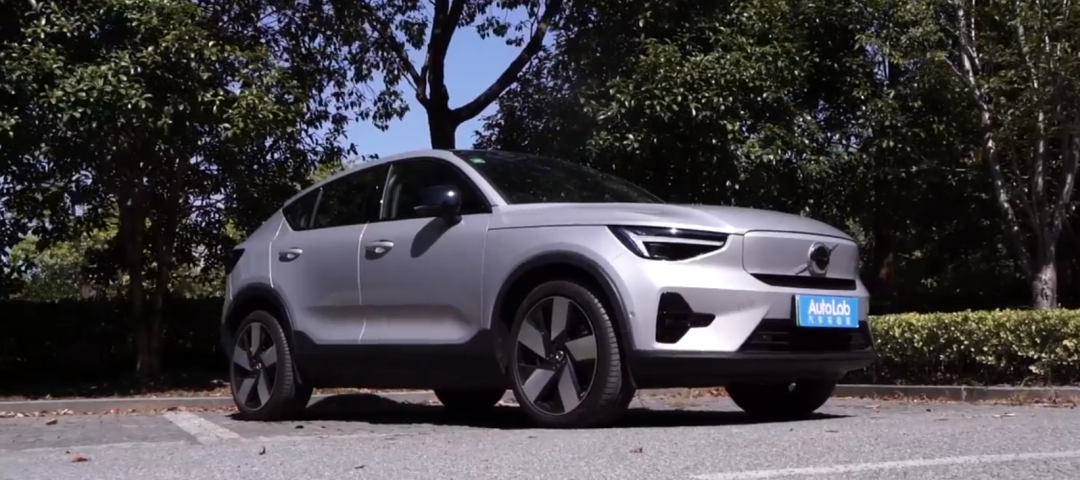
Most of the charging stations I chose were located in commercial areas, and the prices were relatively expensive. If there is a home charging pile, the cost should be able to save a lot.# Volvo C40
The overall experience of the Volvo C40 is still satisfactory. On the one hand, the woven seats are generally considered less comfortable than leather seats, but the actual experience of the woven seats was surprisingly good.
When the seat heating is not turned on, it is not very comfortable to feel cold, but after the heating is turned on, the effect is very obvious. And the key point is that this seat does not catch hair. For small partners like me who have dogs at home, this is really a blessing.
The driving experience of the Volvo C40 is actually a bit similar to the XC40 Recharge, so the issue of high power consumption has always been a headache.
Of course, during the Chinese New Year period, there were many highways and the air conditioning was on for a long time, which caused the car’s endurance to be slightly lower than the official data.
About 60% of the electricity was used up after a 200 km journey on a highway, which means that when fully charged, it can only run about 350 km, which is still a lot less than the official 530 km data. But considering that the temperature in the Jiangsu-Zhejiang region was also very low this year, this performance can be considered acceptable.
The cabin and intelligent aspects of the Volvo C40’s performance are relatively mediocre. In terms of the entertainment system, CarPlay can solve most of the problems, which is reliable but lacks a highlight.
Pilot Assist is much more convenient to operate than before and the performance is relatively stable when turned on with one key. Although there is still room for improvement in terms of functional richness.
Tesla Model 3
[Reviewer: Xue Ziyi]
I bought a Tesla Model 3 before the Chinese New Year, and after more than two months of use, I really feel the convenience of an electric car.
In other words, it saves money. Because we have a charging pile installed at home, I didn’t use the external Supercharger before the Chinese New Year. So daily use is basically cost-free, and indeed there is more confidence in the “just go” feeling than when driving a gasoline car before.
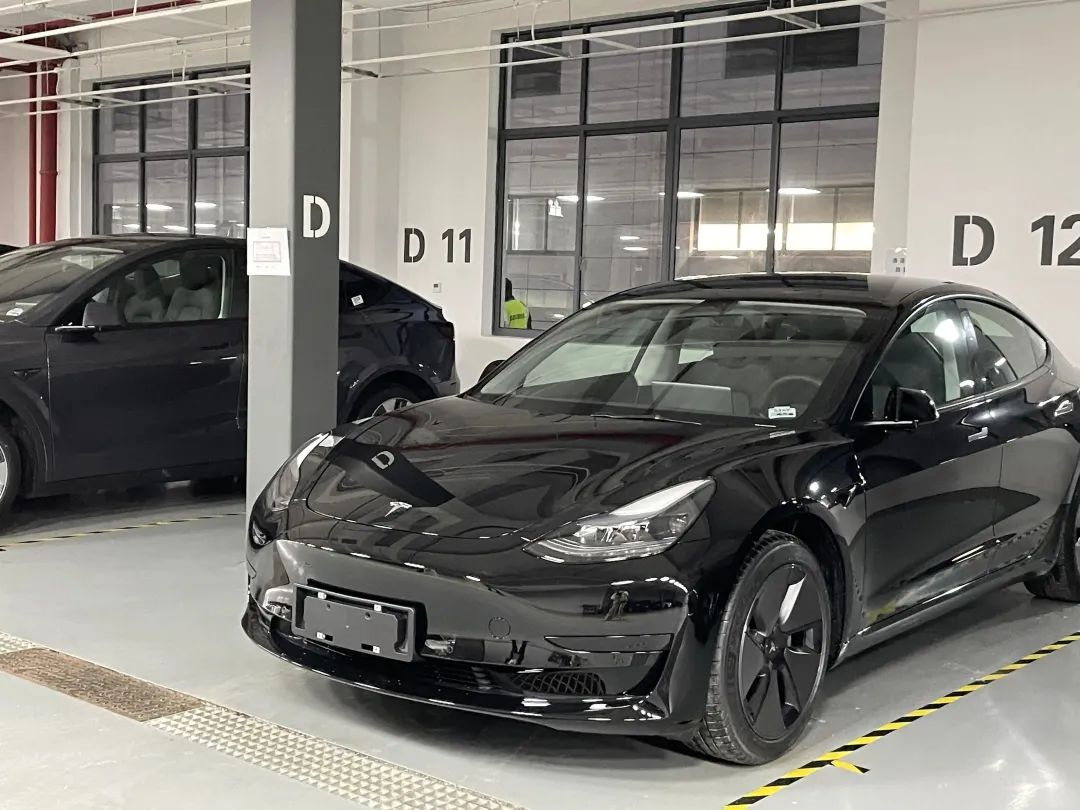
This Chinese New Year, I drove my Model 3 out of Shanghai for the first time. Our first stop was Nanjing, where we visited relatives and friends and toured around the city. When I set off from Shanghai, my car had a range of 417km, but the road was very congested that day, and the originally less than 3-hour journey took 7 hours.Shanghai to Nanjing is 298.8 km. After arriving, the displayed range was still over 100 km, which made me very satisfied. Since I needed to use the car for the next two days, I went to a nearby supercharging station that night to charge the range to over 300 km. It cost me 38.92 yuan with a rate of 1.39 yuan/kWh. I thought it was quite cheap at the time.
I used up most of the battery during the next two days in Nanjing, and before leaving for the second destination in the morning, I went to a supercharging station again. The cost was 55.6 yuan and I charged it to full directly. The rate was still 1.39 yuan/kWh (the rate for Tesla supercharging stations is lower in the morning and at night).
The second destination was Huai’an, which was 190.8 km from Nanjing. I stayed there for two days and then went back to the supercharging station for a refill before heading back. I was shocked when I was charged 120 yuan at noon because the rate was 2.50 yuan/kWh.
The return trip was quite far, 392 km plus traffic jams and such, so I needed to recharge in the middle. Since a colleague at my company said that the fast charging stations at some service areas are not compatible with Tesla, and in case of overcrowding and long queues for charging in service areas, I chose to look for a supercharging station after leaving the highway.
It took me less than 100 km to recharge it to full, costing me 92.25 yuan at a rate of 2.05 yuan/kWh, which was a bit cheaper than the 120 yuan from last time.
In conclusion, the total cost of recharging during this trip was 306.77 yuan, plus 210 yuan for tolls (return trip tolls were free), making the total cost 516.77 yuan, which is still less than the cost of one fuel fill-up for my mother’s car. I’m quite satisfied.
This article is a translation by ChatGPT of a Chinese report from 42HOW. If you have any questions about it, please email bd@42how.com.
